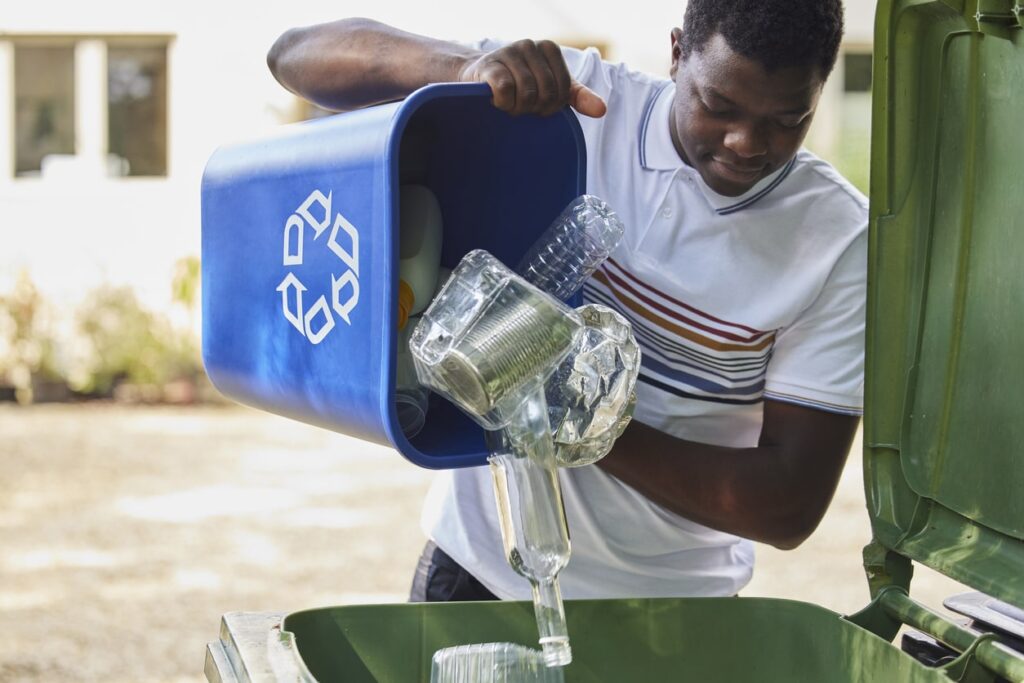Practicing sustainability entails making a conscious effort to better the Earth through lifestyle choices. Everyone should care about the environment and how we can best preserve it for future generations. There are several benefits of a clean environment besides having a beautiful planet to live on. Helping the environment has been shown to benefit one’s mental and physical wellbeing. It is our responsibility to take care of the planet we live on, which sounds like a daunting task. However, there are small daily actions all of us can take to live a more eco-friendly lifestyle. Here are seven sustainable ways to take care of the environment:
- Reduce consumption
- Alternative transportation
- Use reusable containers and bags
- Buy local and second-hand
- Conserve electricity
- Limit water usage
- Recycle
Reduce consumption
Altering consumer behavior is crucial to taking care of the environment. People consume several items every day including but not limited to food, clothing, and plastic products. The purchases we make leave an environmental footprint from manufacturing to distribution to after when we’re done using them.
No one has to stop buying what they want, it’s more about being mindful of what we need and when. Impulse buys can be tempting, but can contribute to excess waste and misused money. Not only are impulse purchases unsustainable for the environment, but they are also unsustainable for your wallet. Once you’ve bought what you need, it’s key to fully make use of the products you consume.
Alternative transportation
Most of us rely on a car for getting around to work and running errands. But it’s important to rely on our cars as little as possible to be environmentally friendly. Cars emit greenhouse gasses harmful to the atmosphere and public health. There are many ways to limit carbon emissions including utilizing public transportation, carpooling, or getting around by yourself. Walking or biking is a great excuse to spend more time outside while also getting recommended exercise (weather permitting, of course!). You’ll find that alternative modes of transportation are actually cheaper than driving a car.
Use reusable containers and bags
Instead of using single-use containers like Ziploc bags and plastic water bottles, purchase containers that you can reuse to reduce waste. When switching to a more sustainable lifestyle, you’ll realize how much single-use plastic is used at grocery stores, restaurants, and around the house. For example, plastic straws are one of the most harmful single-use plastics to ocean wildlife and beaches. But for almost every single-use plastic there are products like reusable shopping bags, metal straws, reusable water bottles, and more that help takes care of the environment.
Buy local and second-hand
Sustainable consumers must make intentional decisions about where they obtain their goods. Shopping local is something anyone can do to take care of the environment and give back to the community. Local businesses emit less carbon dioxide and source their raw materials more ethically than retail chain stores. Shopping second-hand is also an effective way to reduce waste. It prevents clothing and furniture from being thrown away in landfills and counteracts the carbon footprint of fashion manufacturers.
Conserve electricity
Energy conservation refers to spending energy sparingly and not letting that energy go to waste. Electricity is generated in a matter of ways including fossil fuels such as natural gas and coal. Fossil fuels are nonrenewable and contribute to air and water pollution. The best way to conserve electricity is to be mindful of what devices you have plugged in and are using at any given time. Turn off lights and unplug appliances when they are not being used. You’ll discover that using less energy will also save you money on your utility bill.
Limit water usage
Just like energy, water is a finite resource. We cannot continue to use water as if it were an unlimited asset, because only 3% of the Earth’s water is freshwater. It’s achievable to practice sustainability by saving water in every room in your house. It’s as easy as taking efficient showers, running full loads in the dishwasher, or limiting the amount of water you use in the garden. Saving water in turn saves energy used to filter and heat water.
Recycle
Last but not least, recycling is an assured way to take care of the environment. All of us are going to continue consuming plastic and paper products. But everyone plays a part in preventing those products from ending up in landfills or littered in nature. Generally, papers, plastic, cans, and cardboard are acceptable to recycle. However, you cannot recycle items with food or liquid inside, plastic shopping bags, or polystyrene foam. Make sure to research how to recycle in your neighborhood and what is accepted in your local recycling bins.
Like this content and want more? Read more outdoors and conservation content here. Subscribe to Dock Line Magazine and receive free content like this right in your inbox!
